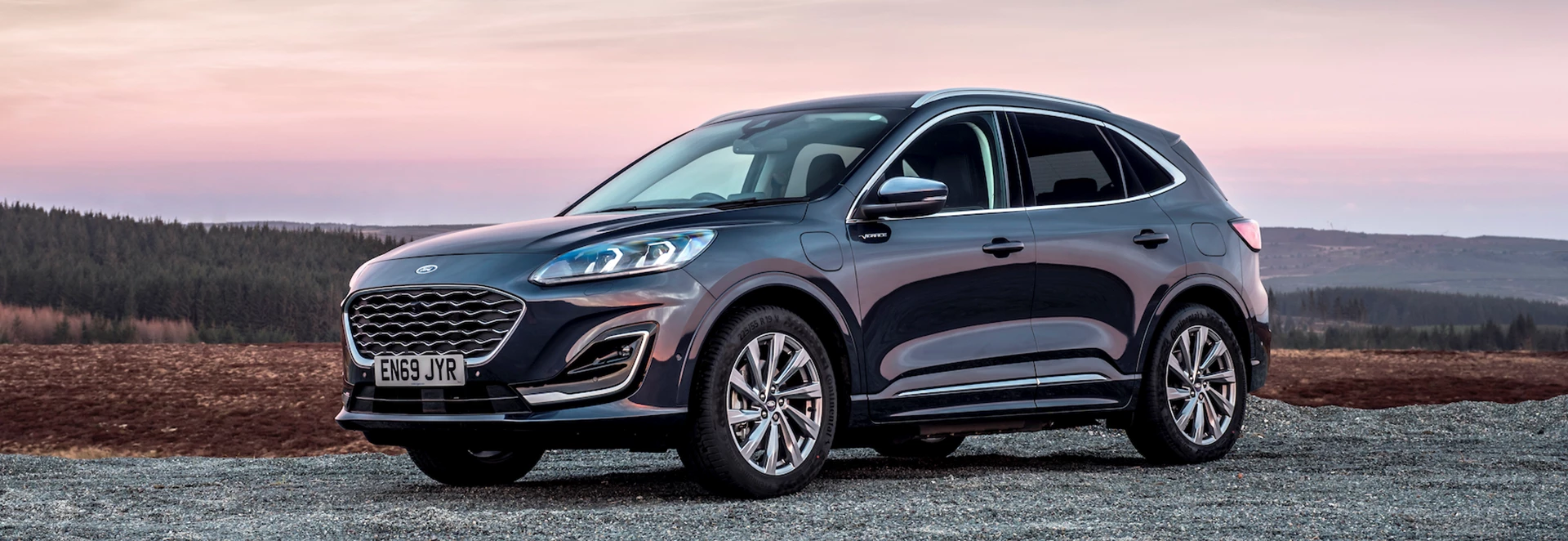Introduction
After the Fiesta and Focus, the mid-size Kuga SUV is Ford’s most popular model in the UK, and it continues to make huge waves in the crossover segment.
And to make sure it continues to be one of the best products in this class, Ford has released a new third-generation model. Arriving in showrooms earlier this year, the new Kuga gets a much more stylish design, a higher-quality interior and a host of electrified powertrains.
You’ll find mild-hybrid diesels, a regular hybrid later this year and also the new plug-in hybrid (PHEV) option we’re trying here – the first to be found in a Ford car.
With incredibly low running costs promised, along with a long electric range and attractive starting prices, the Kuga PHEV certainly looks appealing on paper, but does it add up?
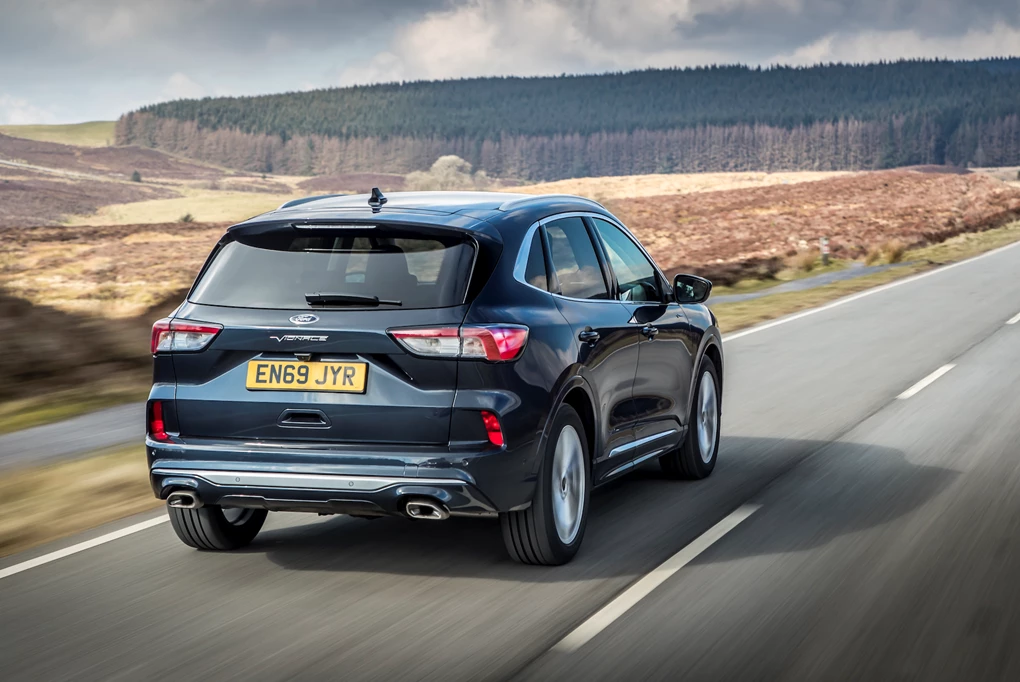
Performance
It’s a new setup that you find in the Kuga Plug-in Hybrid, which mates a 2.5-litre petrol engine together with a large 14.4kWh battery and electric motor. In total it produces 222bhp, and it makes it the most powerful Kuga in the line-up. It utilises a CVT automatic transmission, too, which sends power to the front wheels.
That said, performance isn’t what this Kuga is all about, though a 0-60mph time of nine seconds and a top speed of 125mph is still respectable. The 35-mile electric range is also fantastic, and is more than what you get in plenty of rivals – the Mitsubishi Outlander PHEV, for example. It allows for some impressively low running costs, which we’ll come on to later.
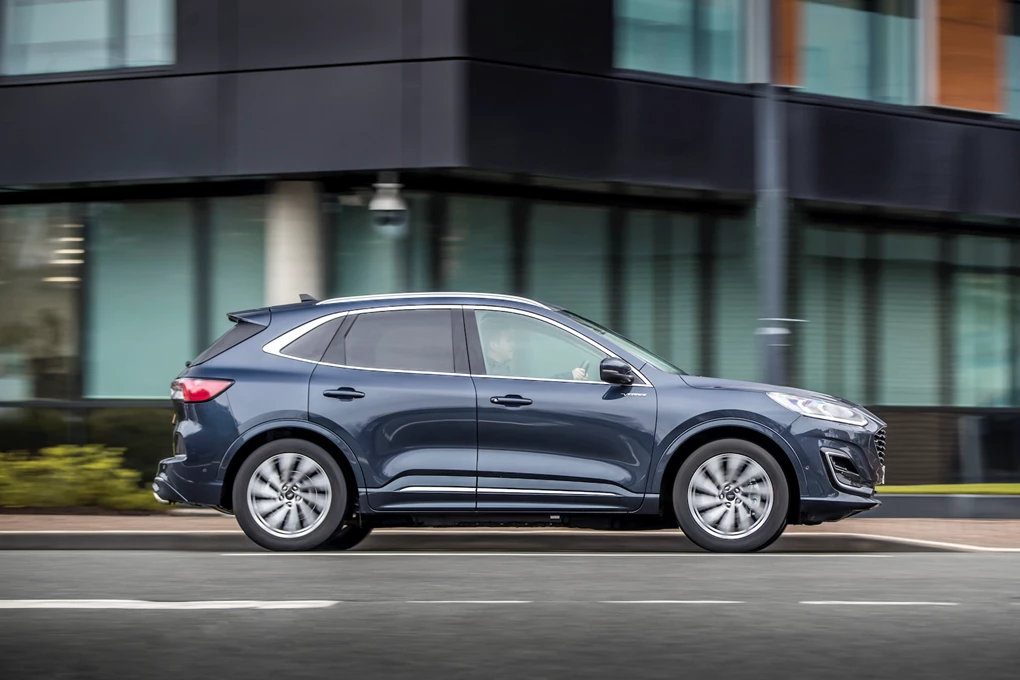
Ride and handling
Keep the Kuga’s batteries topped up and this is where this model is at its best – being smooth, quiet and refined around town. The power is also instantaneous, and it can travel at speeds up to 85mph without having to wake the petrol engine. There are also various driving and battery modes to choose from to optimise how you want to utilise the electricity. An ‘EV Later’ mode can save the battery for use later in a journey (town driving, for example), or just stick it into ‘EV Auto’ and let the car decide for you.
And despite the extra weight of the batteries, it’s still good to drive, and better than most of its competition. It handles well, has sharp steering and the ride is largely compliant – even when riding on the large alloy wheels like our test car was.
But this plug-in hybrid setup is one that favours steadier driving, as the CVT automatic transmission has a tendency to rev and become rather loud under heavy acceleration – somewhat limiting performance.
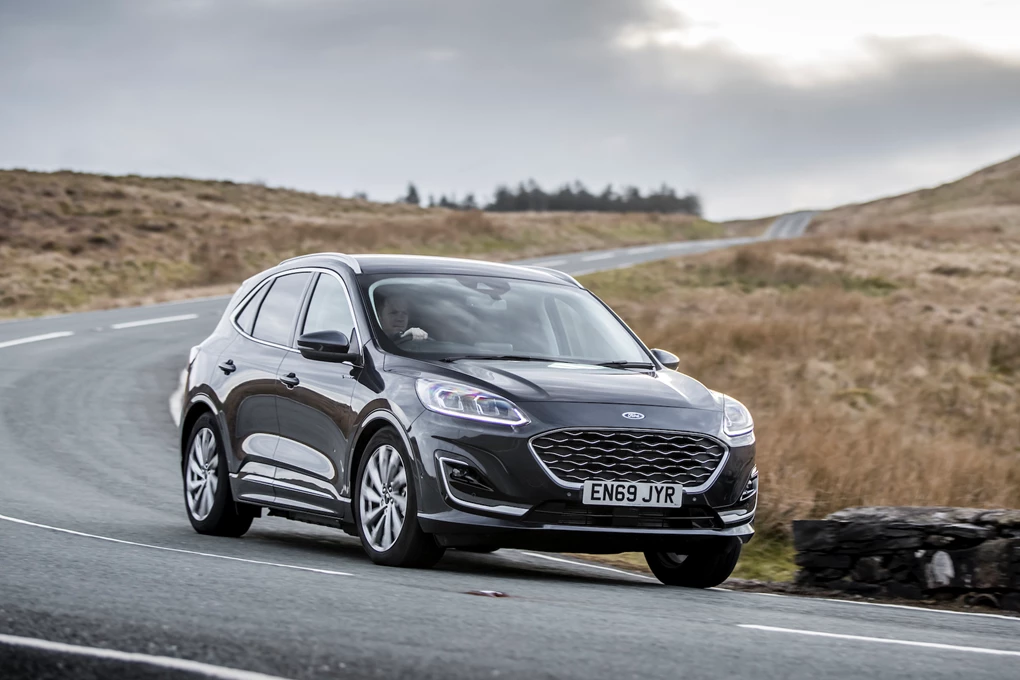
Interior and equipment
The cabin of the previous-generation Kuga was an area of weakness – making it look a bit low-quality and outdated. But this new car is a vast improvement – coming with an easy-to-use eight-inch touchscreen, while higher-spec versions feature brilliant digital dials, which are easily configurable.
The quality is also a marked improvement on before, with few scratchy plastics now and a far less cluttered layout. As with most PHEVs, it’s not quite as practical as regular Kuga derivatives – the boot space shrinking from 645 litres to 581 litres. That said, it’s still impressively spacious and generously sized, as well as being ideal for families thanks to loads of room in the rear seats.
You can choose the PHEV in all but the entry-level Zetec model, though there are still four grades to choose from.
Standard equipment on Titanium versions includes 18-inch alloys, LED headlights, keyless entry, a B&O sound system and front and rear parking sensors. Sporty ST-Line models add a revised styling kit and a 12.3-inch digital instrument cluster, with ST-Line X models contributing larger 19-inch alloy wheels, an electric boot, a glass roof and heated front seats.
Our model came in the flagship Vignale grade – this adding upgraded LED headlights, a head-up display and a heated steering wheel – meaning it leaves you wanting for very little.
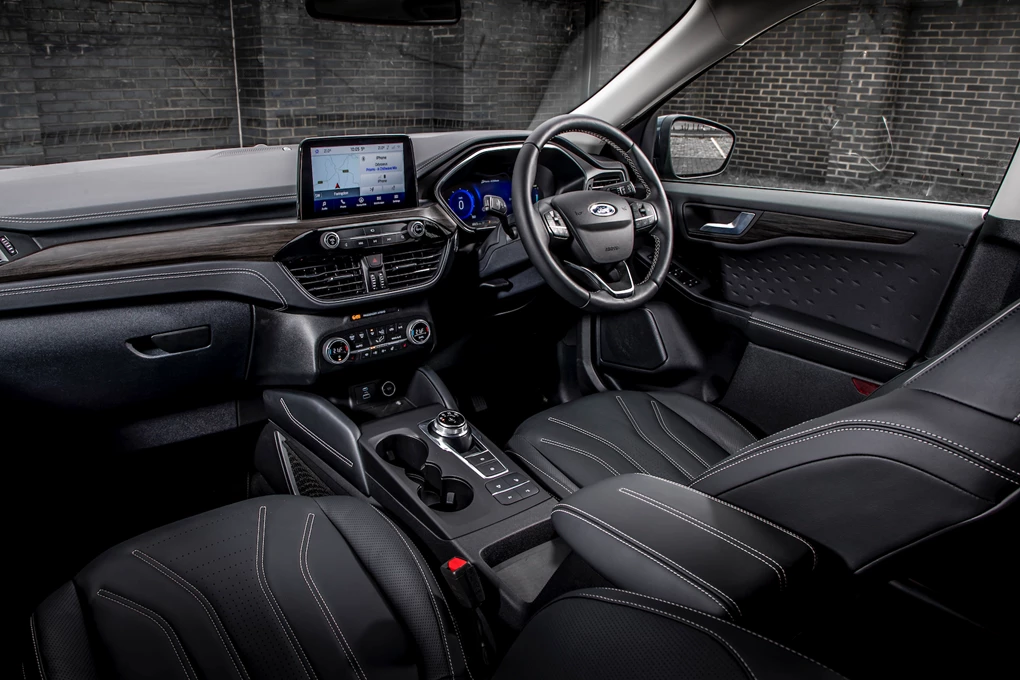
Cost
Prices for the Kuga PHEV start from £33,585, which might seem quite a lot on paper. However, given it’s actually cheaper than the less powerful top-spec diesel, it looks rather compelling. We’d advise sticking with a lower-spec Titanium or ST-Line model, as our top-spec Vignale model cost nearly £40,000 with a couple of options, which is a bit too steep.
However, the running costs on this plug-in hybrid should be exceptionally low if you keep the batteries topped up. Ford claims it’ll return more than 200mpg with CO2 emissions of 32g/km – thanks to the long electric range. It’s set to be very attractive for company car drivers as well, as a benefit-in-kind of just 10 per cent means tax bills could be a third of that of a diesel version – potentially saving you up to £150 per month.
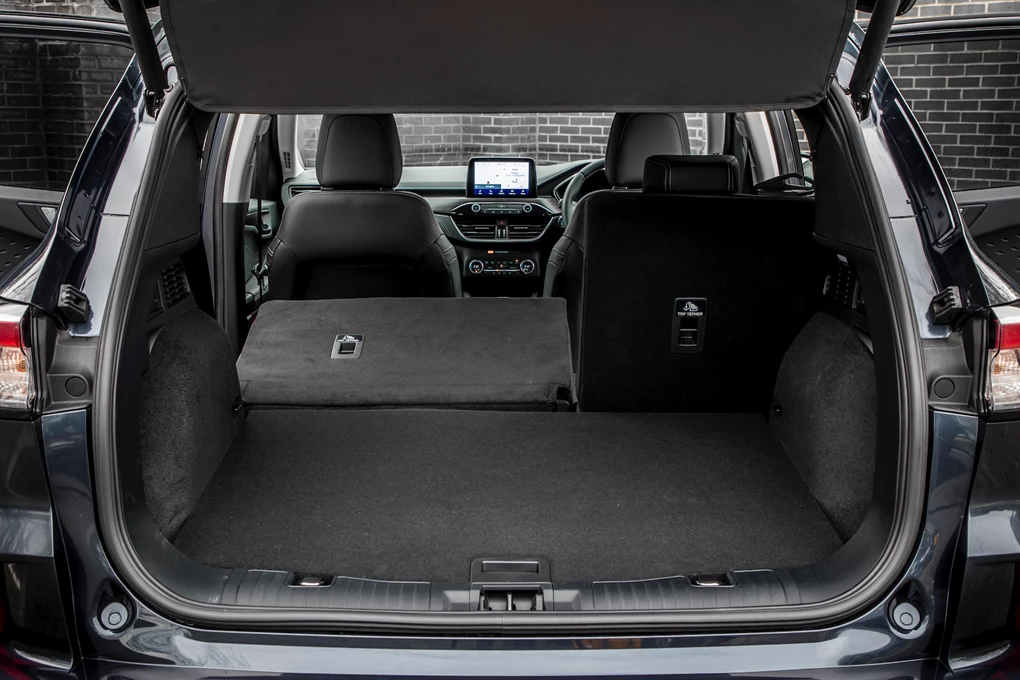
Verdict
Given this is Ford’s first plug-in hybrid passenger car, the Kuga PHEV is a seriously credible and well-executed model. Not only does it represent good value for money and have a seriously spacious interior, but you also get the possibility of some exceptionally low running costs.
While the powertrain isn’t especially sporty, if you want a comfortable plug-in hybrid family SUV that could cost you hardly anything to run, this Kuga should definitely be considered.
Enquire on a new Ford Kuga